World
Climate change is real. So are illegal structures on Pakistan’s riverbeds. Will we ever learn?
Pakistan will witness even more intense weather events now that the mercury has risen to 1.2 degrees C compared to the pre-industrial levels.
Asia News Network
Of all the flood video clips doing the rounds on social media, the collapse of Zarmat Shinwari’s hotel, the New Honeymoon Hotel, on the bank of River Swat in Kalam into the raging water — literally like a pack of cards — is most telling of the ravages wreaked by the current floods.
Said Nabi, its general manager of 27 years, was a mere 100 yards away and saw the hotel crumble in front of his eyes. “It happened around noon on August 25,” he recalled. “The first noise was that of glass breaking, followed by loud rumbling as huge boulders bumped into the building, bringing part of it down amid a huge cloud of dust,” he said. “Thousands had gathered to watch it and were making videos while we tried to stop them from going too close due to the danger,” he said.
For Nabi, it was déjà vu. He had seen the same establishment being swept away by the floods back in 2010 as well. “This time, the water was merciless and the force was twice as strong,” he said.
The floods, which have killed over 1,100 people, have directly or indirectly impacted over 33 million people across the country. A massive relief operation in under way to provide food, shelter and water to the displaced population, who have sought refuge on embankments as well as on the roadside.
Monumental losses, not much funds
According to the government’s initial estimates, the floods have caused losses of over $10 billion, which translates to three per cent of the country’s Gross Domestic Product (GDP) as per Finance minister Miftah Ismail.
But this time around, funds are in short supply.

International organisations and financial institutions have pledged $500 million on the appeal of Prime Minister Shehbaz Sharif to cover the immediate relief and rehabilitation costs. Meanwhile, the United Nations has launched a flash appeal of $161 million to “provide critical food and cash assistance to Pakistan”.
Terming the floods a “climate-change driven catastrophe”, and the “biggest challenge in decades”, Julien Harneis, the UN resident coordinator and humanitarian coordinator called for “burden-sharing and solidarity” internationally.
“The floods have reversed development gains of decades,” said Shafqat Munir, humanitarian policy specialist at the Islamabad-based think tank, Sustainable Development Policy Institute. The “continuing multiple crises, like the Covid-19, sky rocketing food and fuel prices, inflation, reduced incomes and growing inequalities,” he said, had robbed the “nation’s resilience”.
No lessons learnt
Shinwari’s hotel collapse is also a glaring example of how no lessons have been learnt since the 2010 super floods when the same hotel had been swept away.
He began rebuilding an even bigger hotel in 2017, taking it up to five storeys with 160 rooms. This was the first year when the hotel finally became fully functional.
“Only a part of my hotel has been swept away, the majority is safe,” said the hotelier, speaking to Dawn.com over phone from Peshawar. This was confirmed by hotel manager, Nabi.
Shinwari blamed the local administration for the “partial damage” as the latter had bulldozed a part of it ruthlessly after declaring it an encroachment, and in the process, weakened its foundation.
However, he had clearly defied the Khyber Pakhtunkhwa River Protection Law of 2002, which deems any construction within 200 feet of the river illegal, and was aware of the law. “If it were illegal, how did I get a no-objection certificate and why did no one stop me from building it on the very first day when I started?” he argued, refusing to take any responsibility.
As an additional precaution, he said, he had built a safety wall to protect the hotel from the raging water of the river.
His may have been the biggest structure along the bank, but there were hundreds of hotels, big and small, new and old, as well as shops, roadside cafes and eateries, said Nabi, that have been uprooted.
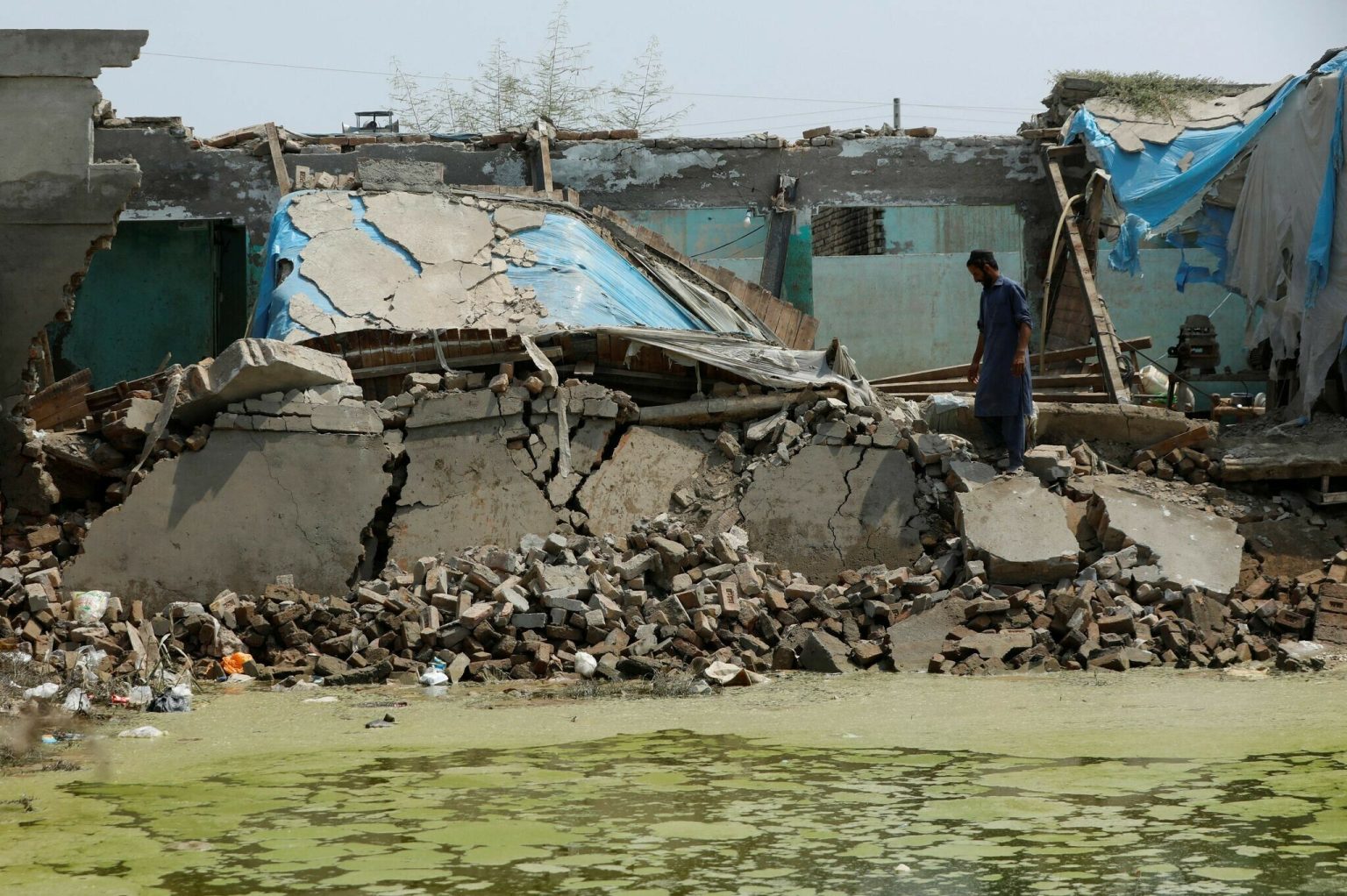
“Once the flood plains had been demarcated, who allowed the buildings to be rebuilt on that area again?” questioned Sobia Kapadia, a development sector expert, who had helped with housing recovery in 2011-2012 as well as coordinated for relief emergency and the damage needs assessment with the United Nations back then.
“The hotels that were washed away in 2010, got built back, only to be washed away in 2022 and then we blame climate change and glacier melt!” said Kapadia.
She lamented that “ill planning, non-existent infrastructure and incapacity of the government institutions, coupled with no budget allocation is the story of disasters, crisis, and climate change in Pakistan.”
Aftab Rana, president of Sustainable Tourism Foundation Pakistan, has been crying hoarse, since 2002, against the construction of structures along the river banks and in the bed. “No one listens,” he regretted.
It is the government’s responsibility not just to promote but manage tourism properly, he pointed out, blaming the local administration for turning its back to illegal construction. “The tourism department does not have the authority to see to the implementation of the building related laws on the ground; the commissioner, deputy commissioner and the assistant commissioner have the powers to ensure laws are implemented,” he said.
He has been visiting the mountain regions of Pakistan for over two decades, but in the last five years, particularly, he has seen unsavoury development with “big machinery callously digging up huge tracts of hills”.
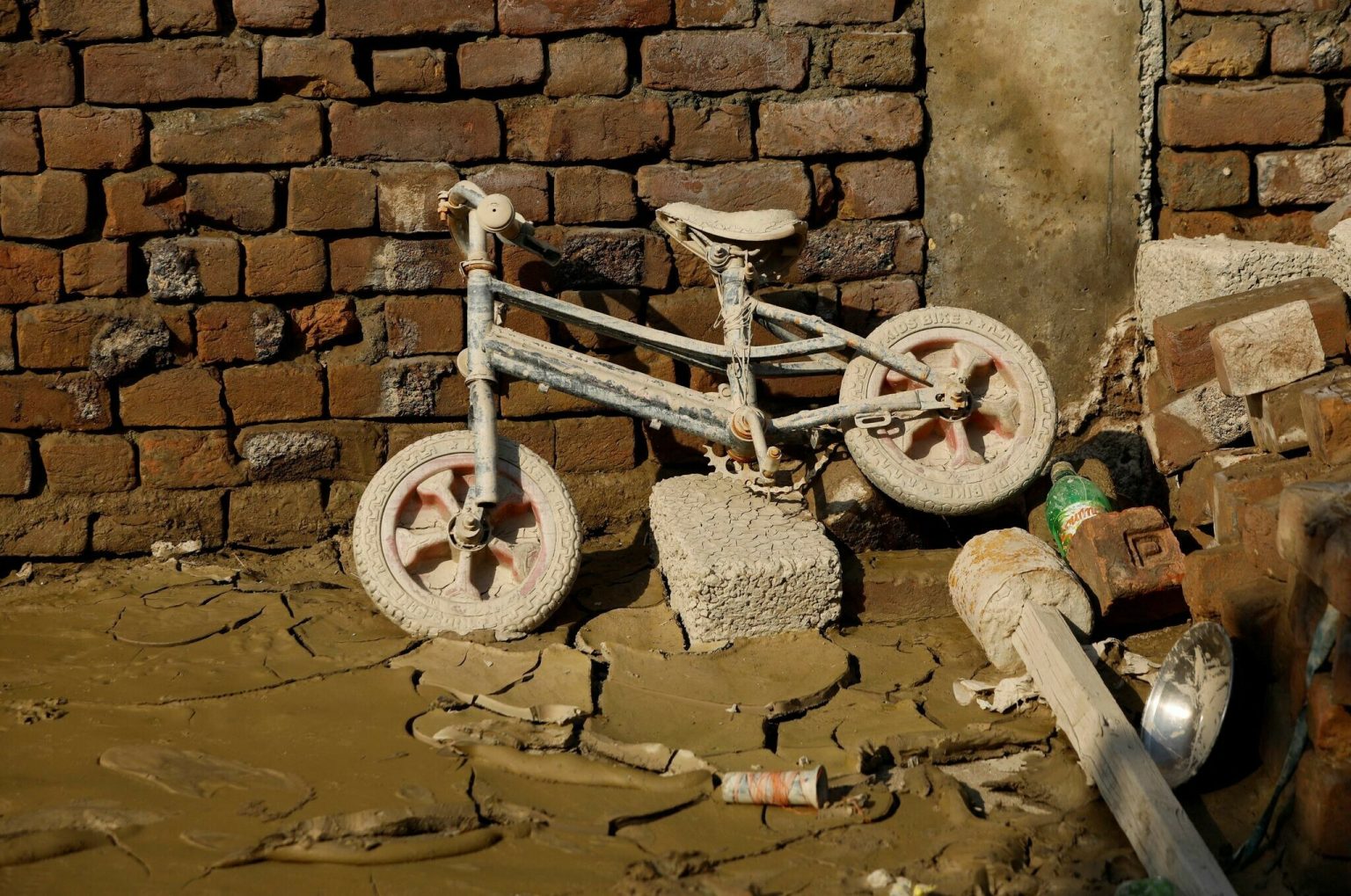
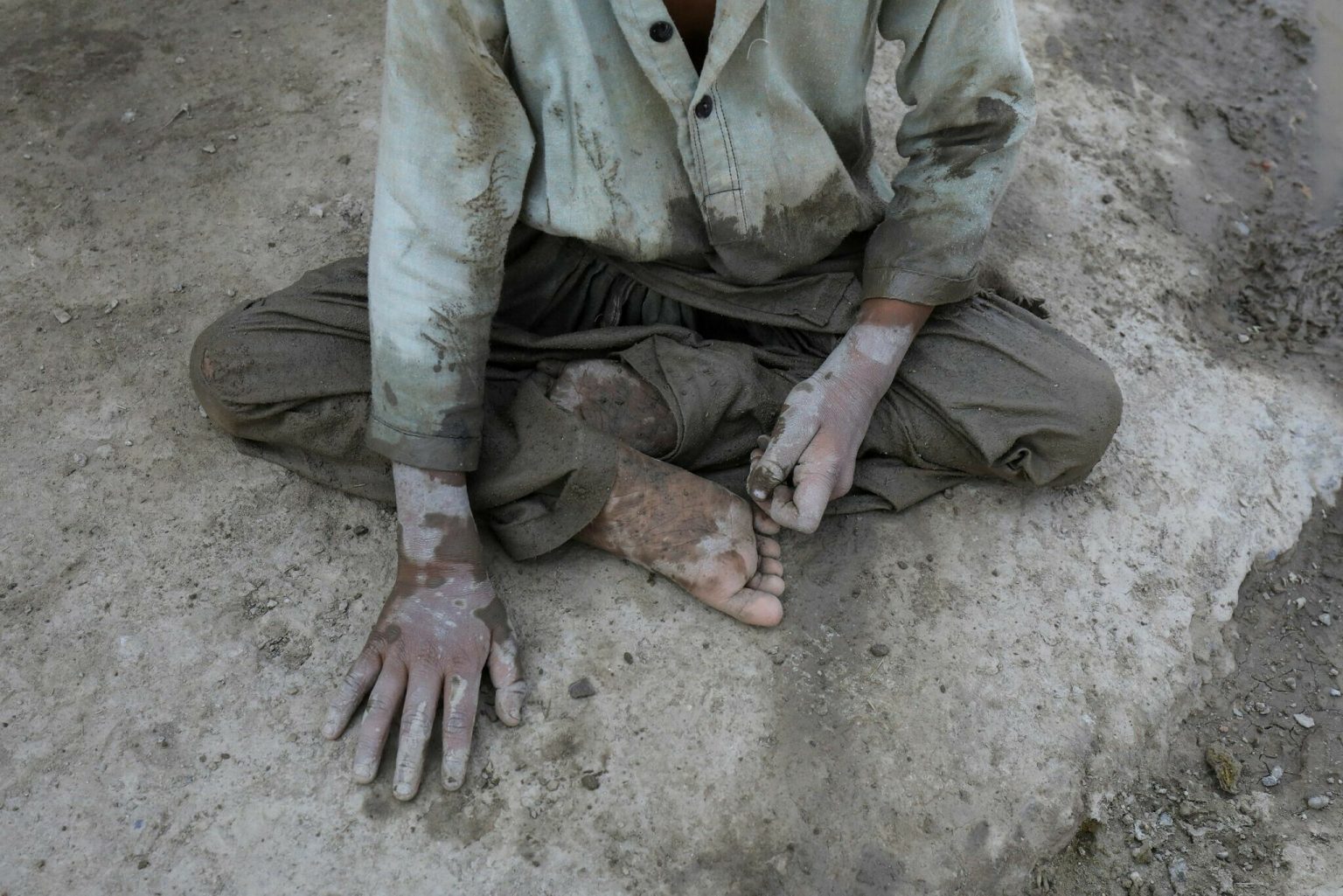
“Forests have been replaced with plazas in the valleys of Abbotabad, Galliat, Mansehra, Kaghan and Swat, turning them into concrete jungles,” he said.
“The only way to enforce regulations is to remove all hotels that have been constructed illegally without fear or favour.” But if, like it happens every time, “the big fish get away with it, it will be an exercise in futility,” said Rana.
Chief of Army Staff General Qamar Javed Bajwa has also called for legal action against those responsible for allowing illegal constructions in the flood-hit areas.
“Same devastation was witnessed in 2010 when the flood hit Kalam, therefore, action must be taken against those who are responsible for allowing illegal constructions in the area to avoid this situation in future, he said last week during a visit to the flood-hit areas.
Uncontrolled logging a bane
In addition, he said, logging continues despite the government’s repeated statements that it has been completely controlled. “From the roadside, they may look fully forested, but walk inside the jungles and you will be surprised how bare these mountains have become,” said Rana.
“Trees serve to stabilise the soil and restrict sediment deposition during extreme rain events,” said Imran Khalid, a water expert at WWF-Pakistan.
“The video clips on Twitter show people retrieving huge logs, in the thousands, from the gushing river and stacking them on the roadside. These were definitely not trees that had come in the way of the water and fallen, but logs without branches,” pointed out Rana.
The partial destruction of Shinwari’s hotel has cost him roughly between “Rs300-400 million” but he has “full faith in God” that he will be able to recover his losses. But this time, he said he will build on a “piece of land about 600 feet away from the river”.
He is making the right decision.
Do not disturb earth’s delicate balance, plead scientists.
According to climate scientist, Dr Fahad Saeed, Pakistan will witness even more intense weather events now that the mercury has risen to 1.2 degrees Centigrade compared to the pre-industrial levels.
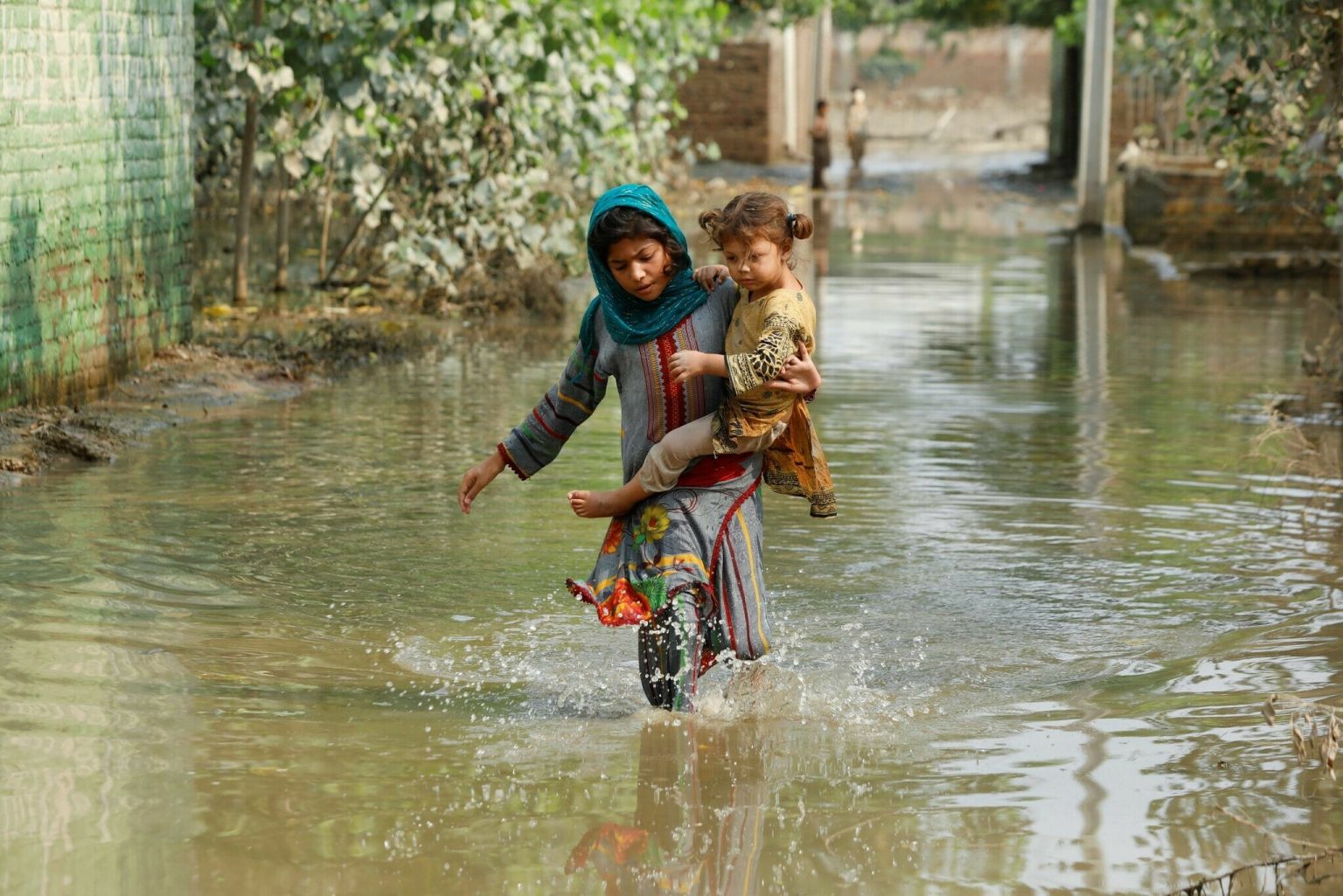
“Even a tenth of a rise in a degree should ring alarm bells, as the earth system is very delicate and the slightest cher-chaar (disturbance) can skew the balance,” said Saeed, who heads Weather and Climate Services, an Islamabad-based climate change science and policy consultation firm.
However, in some places, pointed out Imran Khalid, it may even have exceeded 1.2 degree Centigrade and is impacting the earth’s hydrological cycle, giving the example of the intense monsoon rains in Sindh and linking it to the warming of oceans.
“Greater volume requires more space for the water to flow. The River Swat was heavily constricted through unregulated development on both the river’s banks as well as its bed,” said Khalid.
However, unregulated development is not restricted to Swat alone.
In Dera Ghazi Khan and Dera Ismail Khan — areas heavily affected by Rod Kohi — said Khalid, communities have built settlements in close proximity to the drainage area of the hill torrents. “This not only leads to damage to residences but also restricts the flow of water, hence putting other types of infrastructure such as highways and canals at risk.”
Through the 2015 Paris Agreement, countries have committed to limiting the global average temperature rise to well below 2°C above pre-industrial levels, and to aim for 1.5°C.
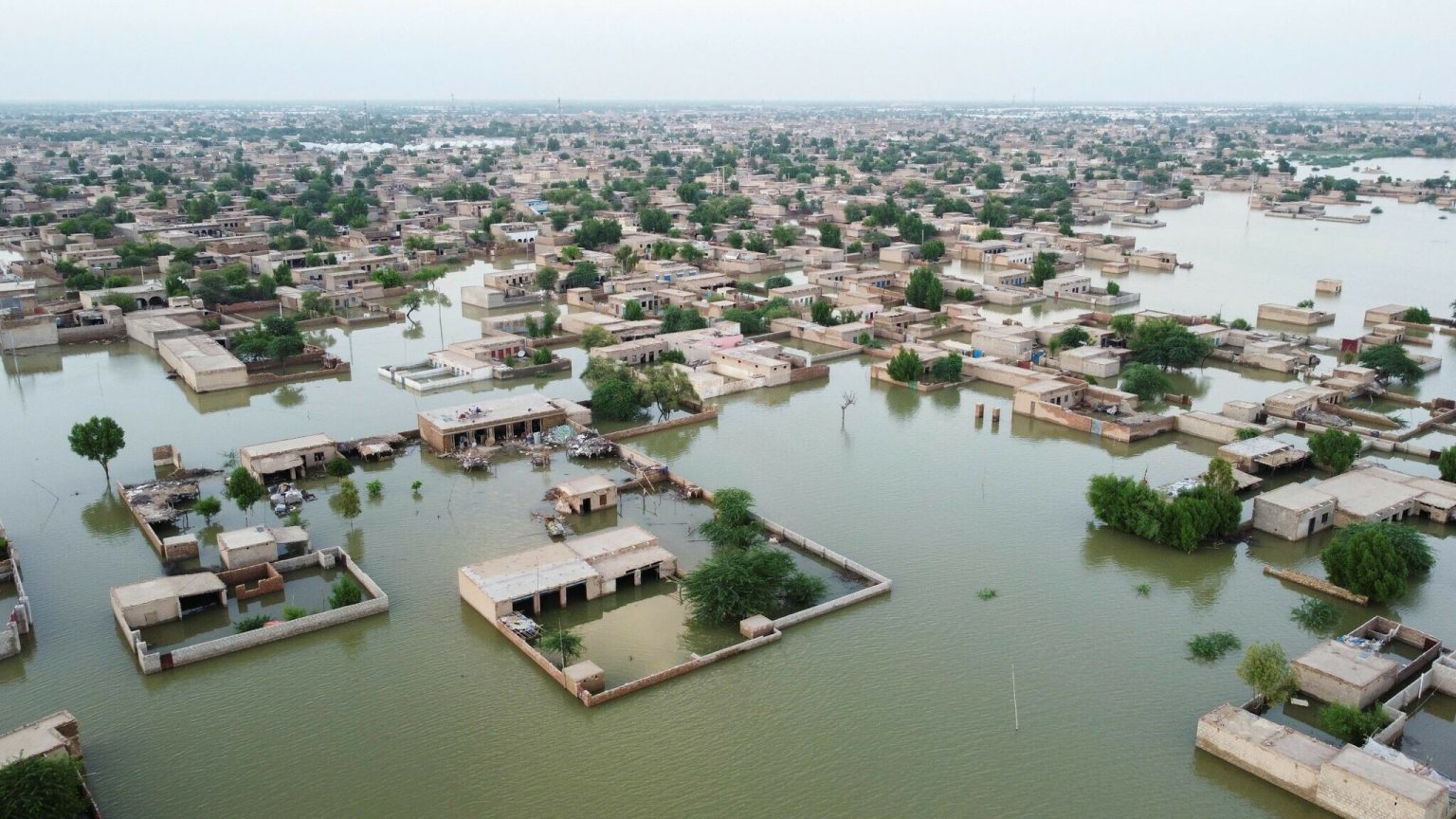
What is needed, said Saeed, before the COP 27, to be held in Sharm El Sheikh, in November this year, is to build Pakistan’s case and “be able to attribute the this year’s back-to-back calamities — first the heatwave and then the flooding — to climate change in a scientific manner, to be able to access the international climate finance.”
Although it does not require “one to be an Einstein” since methods and data are available, what remains missing, according to him, was the “priority and intent to put our house in order”.
“Our government has never felt it important to engage with research or academic institutions. These very same people, when they leave the country and work with foreign organisations, perform splendidly,” said the climate scientist, adding: “Don’t give money if you can’t; a little respect and recognition is enough for many!”
But can the recent flooding be definitively be attributed to climate change?

“Absolutely, without doubt, the floods are driven by climate change!” said Dr Amiera Sawas, director of programmes and research at UK-based Climate Outreach, who worked in the field in response to 2010 floods which displaced 20 million people.
The warming, said Khalid, was also leading to melting of glaciers at a much faster pace. “Glacial melting is normal but what we are seeing is clearly a result of the climate crisis whereby it is happening much more rapidly,” he said, leading to greater flows in our rivers.
Referring to the floods, Sawas said: “The fact that it has turned into a disaster of such a scale is due to poor planning, weak governance, lack of investment and a lack of sufficient early warning systems and social protection. Many of us have been warning successive governments that extreme weather like this was coming, and advocating that they invest in building resilience.”
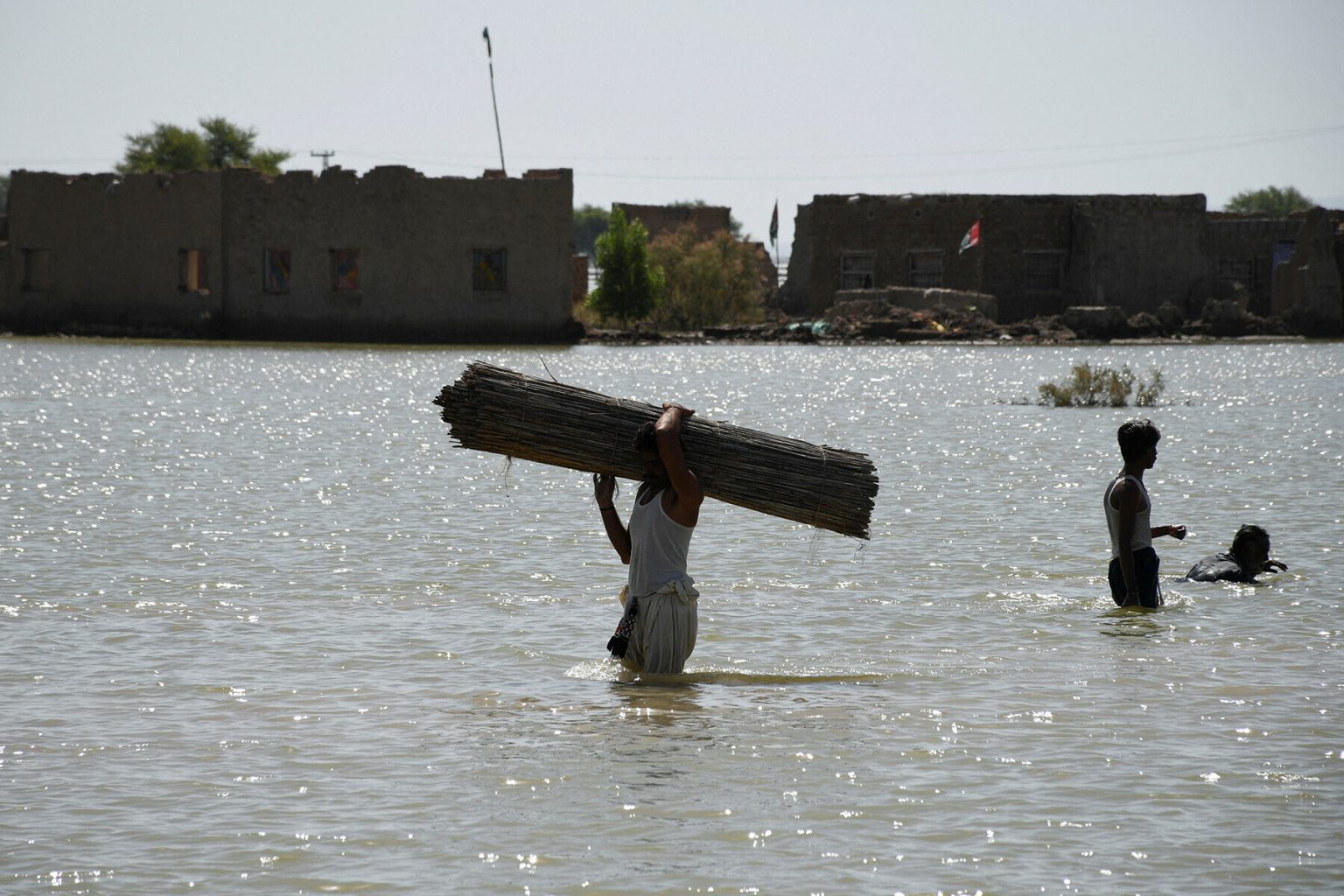
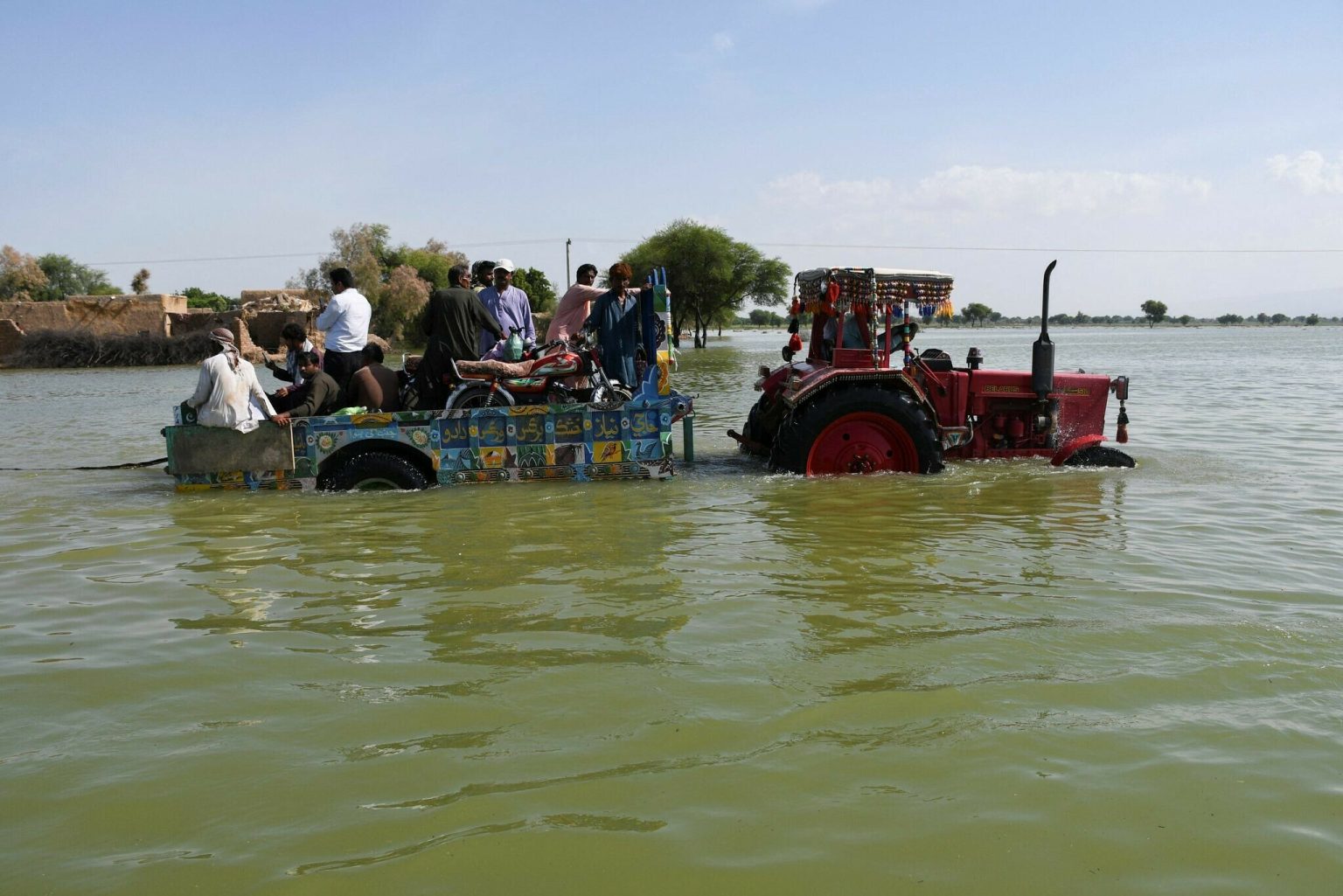
This was endorsed by Khalid. “While flooding is part and parcel of Pakistan’s terrain,” he continued, “loss and destruction can be limited through best management practices”. If there are any lessons to be learnt now, it is “to engage with hydrologists, geographers and other natural resource specialists to pinpoint developments, legal or illegal, that hinder the drainage and natural flow of water” he said.
Chaos and haphazard systems reign supreme
It is also time to mull over the “critical relationship between urban-regional planning, land use and land zoning, architecture design and ecology, vulnerability, climate change sensitivity, spatial justice including disproportional distribution of resources,” said Kapadia.
She blamed “incapacity, incapability of the government institutions and the mere lack of political will” to keep the systems alive and running which have now resulted in chaos and haphazard systems. Giving examples, she said, Sindh was “a case of ill management” and Balochistan had “non-existent resources and infrastructure” and had remained “deprived for decades”.
Sadly, she said, the 2010 flood reconstruction had provided the district disaster management plans which fed into the provincial five-year plans. “For the first three years these disaster management cells were supported by the United Nations and subsequently handed over to the provincial disaster management authority under the National Disaster Management Authority. What happened to those plans, resources, and systems and why they did they not work needs to be investigated,” she stressed.




 6.12°C Kathmandu
6.12°C Kathmandu















